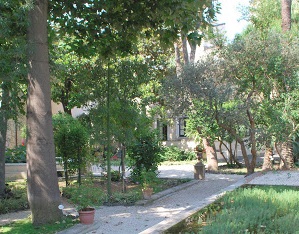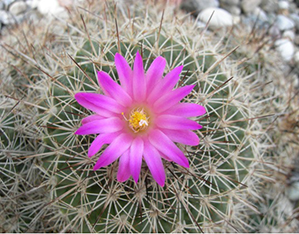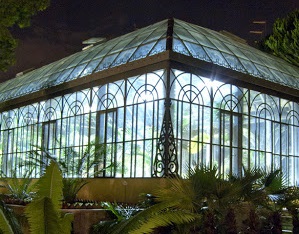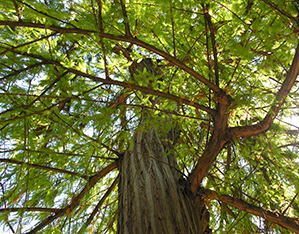Established in the mid-nineteenth century, the Botanical Gardens of Catania are an important scientific institution home to unique collections of succulents, palms and spontaneous Sicilian plants.
The institution of the Orto Botanico was strongly promoted by monk Francesco Tornabene, professor of Botany at the University of Catania since 1843 . A suitable location for the gardens was found in the Borgo district, along today’s Via Etnea, and bought in January 1847. Due to the 1848 uprisings, work was only started only in July 1858. The designs for the buildings were entrusted to Mario Distefano, professor of Architecture in the same university, and the first plants from Sweden, France, Naples and Palermo were planted in 1862. In 1865 The Orto Botanico saw the addition of collections of cotton and tobacco plants and, thanks to a bequest from Mario Coltraro from Catania, came to include a whole area inteded for spontaneous Sicilian flora. In 1906 director Luigi Buscalioni promoted an extension of the institution introducing a new flora organisation based on Engler’s taxonomy instead of Linneaus’. The area is divided into a 13000-square-meter “Hortus Generalis” home to exotic plants, and a 3000-square-meter “Hortus Siculus” intended for the cultivation of local spontaneous species. The oldest section of the gardens is organised in geometrically defined sections, forming a cross with small winding paths that meet in irregular openings, some of which contain circular ponds, giving the garden an overall formal structure. The Orto Botanico also features a large greenhouse, reconstructed in keeping with the original that was destroyed during the last war.





